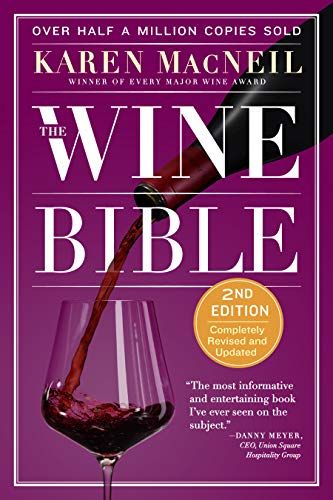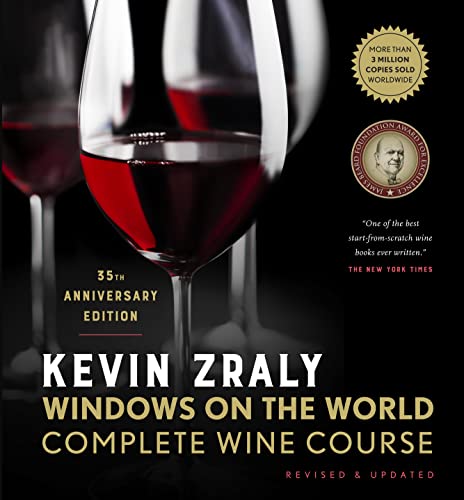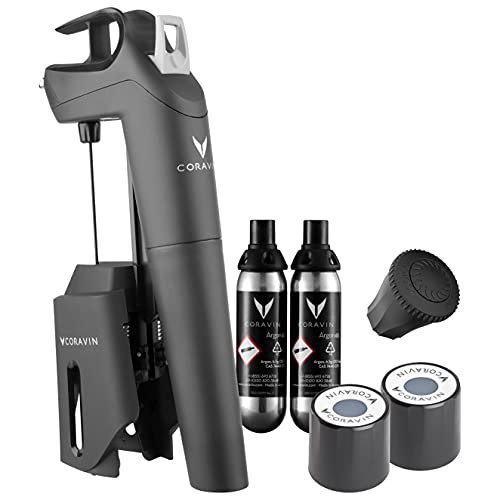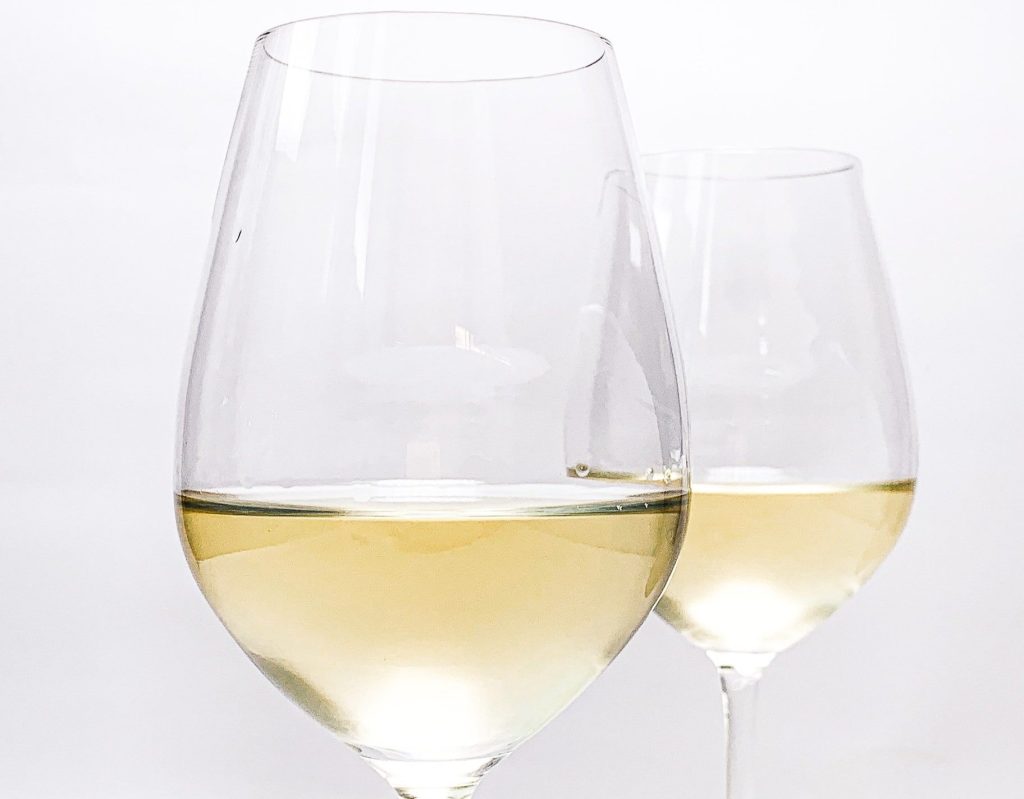
Not so long ago, I started my own personal wine journey. I was curious to see what advice others would give to wine newcomers – enthusiastic newbies, if you will – so I asked the members of r/wine – the results may surprise you.
Apart from obvious advice to drink wine and hang out with other wine lovers, investing time in reading and binge watching wine channels on YouTube came out as top recommendations to help ease into the world of wine. Other great tips to learn about wine included taking pictures of labels, formal courses, tasting wines at different price points, pairing wines with regional cuisine, and keeping an open mind.
Here are the specifics on how you can get started learning about wine.
- 1. Read Wine-Themed Books
- 2. Eat Foods from the Regions where the Wine Is Made
- 3. Don’t Spend a Fortune on Great Bottles
- 4. Coravin: For Serious Newbies Only
- 5. Take Pictures of Labels
- 6. Don’t Give Up on a Region Just Because of One Bad Bottle
- 7. Binge Watch YouTube
- 8. Take a Formal Wine Course
- Other Expert Advice For Wine Beginners
- Thirsty for More?
1. Read Wine-Themed Books
Three iconic wine books came widely recommend. I actually own all of these, so I’m taking the liberty of rank-ordering them from most appropriate for beginners (read: user friendly), to still-helpful, but leaning towards the advanced beginner (+) and beyond levels.
Wine Folly: Magnum Edition: The Master Guide
By: Puckette, Madeline, Hammack, Justin
Wine Folly has been around for years, and always received rave reviews by wine enthusiasts. It has an easy-to-approach, digestible way of presenting information in colorful infographics that are color-coded, to help you better Digest the world of wines and what’s in your glass.
Wine Folly includes color maps, charts, and An expanded food and wine pairing section to help you learn about wine. The Wine Folly recommendation is probably the most Hands-On and useful for a new wine student. (Find it on Amazon here #ad).
The Wine Bible
By: Karen MacNeil
The Wine Bible by Karen MacNeil came widely recommended by all. The Wine Bible is a useful companion for anyone trying to understand more about wine.
Equal parts basic, entry-level content, random factoids, and fascinating historical backstory, this is a great book for beginners with curious minds.
Before going to buy the book, you may want to check it out at your local library. McNeil is a legend in the world of wine, having won every major award for her writing. Dive headfirst into wine with this masterful piece of work.
I will say that I think that this particular book, while it definitely covers the basics, also covers more of the esoterica of wine, that may be of interest to history buffs. (Find it on Amazon here #ad).
Helpful Tip: If you’re just getting started, head over to this post that covers the primary winegrowing regions around the world and their main grapes.
Windows on the World Complete Wine Course
By: Kevin Zraly
This is an iconic book for wine lovers. Windows on the World Complete Wine Course by Kevin Zraly came highly recommended as well. This book was written as a guide to explore wines if you want to add more structure to your studies.
It will take you through different regions, different producers, and different wine styles for those regions.
Personally, I actually think that this book is a little too advanced for the absolute beginner. But, if you’re looking for a challenge, or if you essentially know the difference between Chardonnay and Sauvignon Blanc and you’d like some more structure to your self-studies, this Windows on the World Complete Wine Course would be an excellent choice. (Find it on Amazon here #ad)
2. Eat Foods from the Regions where the Wine Is Made
This recommendation came as a brilliant way to understand how wine styles evolved with the local cuisines in the regions where they were first made.
I actually think this is a clever idea because it helps you connect the culture and history to agricultural production – both food and wine.
There is good reason why Albariño, grown in the northwest corner of Spain in Galicia, is a popular high acid white wine in the local communities.
It pairs brilliantly with the fresh shellfish and seafood found along the coastlines of northern Spain. Chianti, the traditional wine of Tuscany, showcases sour cherries and acid that cut through hearty stews native to this sun-drenched region of Italy.
Try exploring wines through regional cuisine, and you’re likely to have a deeper appreciation for the wine’s style and its intended role as a dinner companion at tables around the world.
3. Don’t Spend a Fortune on Great Bottles
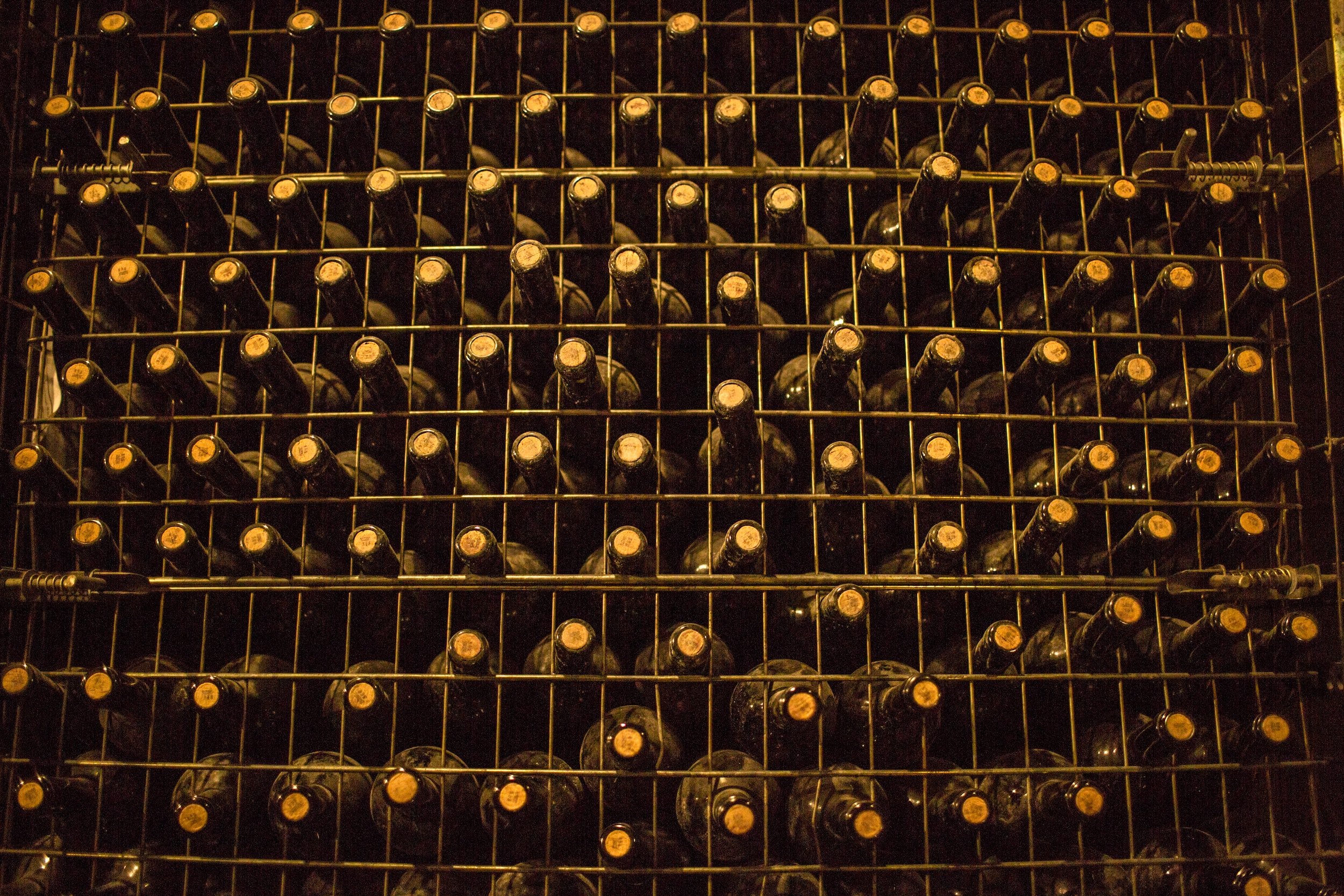
It’s tempting to think that the more money you spend on a bottle of wine, the more likely it is you’ll actually enjoy it.
This isn’t always the case.
Most people who are just starting to explore wine, don’t quite yet understand very complex wines. This means that going out and buying $100 or $1,000 Cabernets probably isn’t the best use of your money if you’re looking to invest in your wine education.
Instead, try wines at a range of prices.
You’ll find many wines under the $20 mark that are delicious. But don’t stop there.
You don’t have to go right for the $100 bottles, but don’t shy away from the $40 – $60 bottle range when the time comes to start really savoring and exploring.
Being “cheap” can stall your love and enjoyment of wines.
The wine market has different brackets for quality wines. Check out this breakdown in wine price and quality.
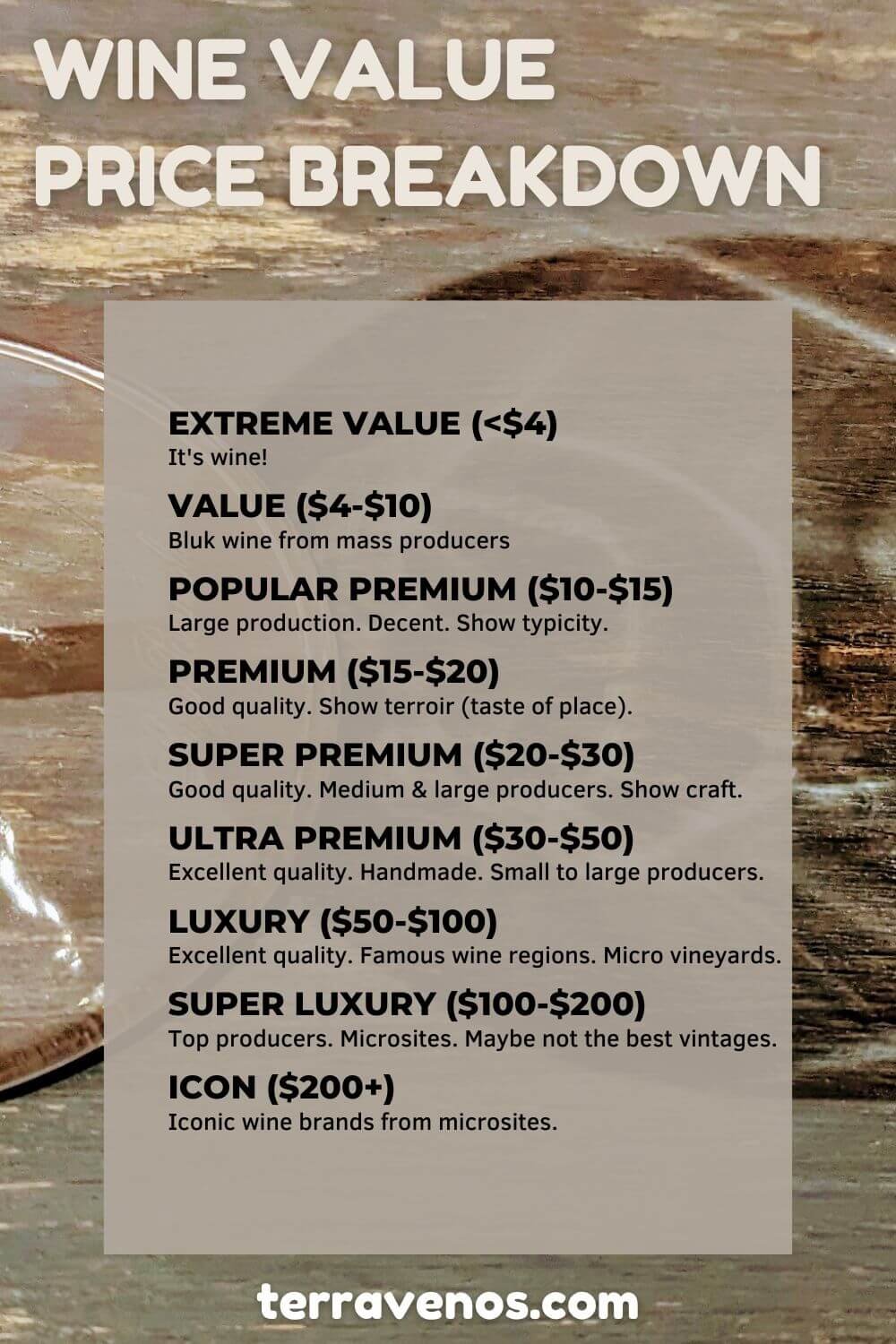
- An entry-level bracket may be anything below $5.
- The next level is anything between $5 and $10.
- The next level is $10-$15.
- Above $15, things start to get interesting. You’ll find wines between $15 and $20 that have a certain style and complexity, reflective of a region.
- Boutique wines start around the $25 level and above.
Taste a range of wines from different price points. It will help you understand the nuances and complexities that come at each quality level. If you only stick to wines below $10 or even below $25, you’re going to be missing out on a wider range of experiences that wine can offer.
Helpful Tip: Go check out this post on how to find affordable wines for beginners with tips to save you money (I put this together just for you if you’re getting started.)
4. Coravin: For Serious Newbies Only
This next recommendation comes with a caveat: this is only appropriate if you’re: 1) really serious about wine, or 2) not concerned about finances.
Invest in a Coravin.
The Coravin is a wine preservation system that you can keep on your counter or in your kitchen drawer, and pull it out whenever you’re getting ready to open a bottle of wine. The Coravin has a thin needle that allows you to poke through a wine cork and inject Argon gas into the bottle and draw out a serving of wine. When you take the needle out of the bottle, the cork naturally reforms, sealing the wine back up, and the wine stays fresh for you to enjoy another day.
Why is this so important for wine students?
The Coravin really allows you to dive into the world of wine because you can taste the same bottles of wine over a period of weeks or even months.
This allows you to mix and match wines for side-by-side comparisons while you hone your tasting skills.
For example, you can try the same grape type (Merlot) from different regions of the world (California vs. Chile vs. Bordeaux) or even different years from the same winemaker. Later, you can go back to those same bottles and retaste them. (Check out my complete guide to setting up a DIY wine tasting with lots of theme ideas here.)
Using the Coravin saves you money because you don’t feel compelled to drink a full bottle of wine in a few days before it goes bad, and you can swap out your bottles to come up with new side-by-side tasting flights.
What’s the drawback with the Coravin, you may ask?
The Coravin is a little pricey. This isn’t necessarily a tool you want to invest in if you’re just starting out and not sure if wine is something you’re really going to get into. However, if you see yourself buying multiple bottles of wine to help you develop your wine tasting skills, then the Coravin will absolutely pay for itself as soon as you’ve been able to sip, and then go back to re-taste 5-6 bottles of decent wine.
I once asked David Glancy, Master of Wine and founder of San Francisco Wine School if there were really any significant differences between Coravin models. His response was that they all essentially work the same. Don’t feel like you have to invest in the latest model with metallic accents (though they are very attractive).
Save your liver. (Check out the Coravin on Amazon here #ad).
5. Take Pictures of Labels
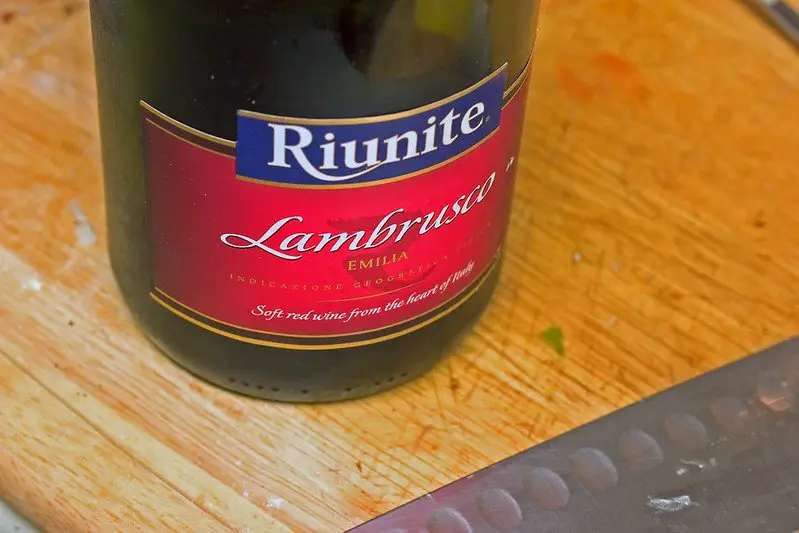
I actually thought this next tip was great advice. Take pictures of wine labels as you taste them.
Taking pictures allows you to go back and research more about the wine that you’re drinking, especially if you’re out for the night, at a restaurant, or at a friend’s house and don’t have the time to look at the bottle in-depth at that exact moment.
A best practice is to research every bottle that you drink by going to the producer’s website to read about the winemaking techniques and tasting notes for that particular wine.
Helpful Tip: Go check out this post that will help you figure out how to read a wine label.
In practical terms, you’re probably not going to do this for EVERY BOTTLE, however, there are going to be bottles that stand out to you and you’ll want to go and research them more because they’re just that delicious.
Having an archive of pictures also lets you go back and look at the labels more closely as you learn more about wine.
You will soon be able to decrypt some of the meaning behind labels as you gain more depth of knowledge.
Wine bottle label terms like: sur lie, troken, SGN, Cru Bourgeois aren’t things that a new wine drinker will pick up on, but coming back to them later with a little more experience is revelatory, not to mention a boost to your self-confidence. Go you!
6. Don’t Give Up on a Region Just Because of One Bad Bottle
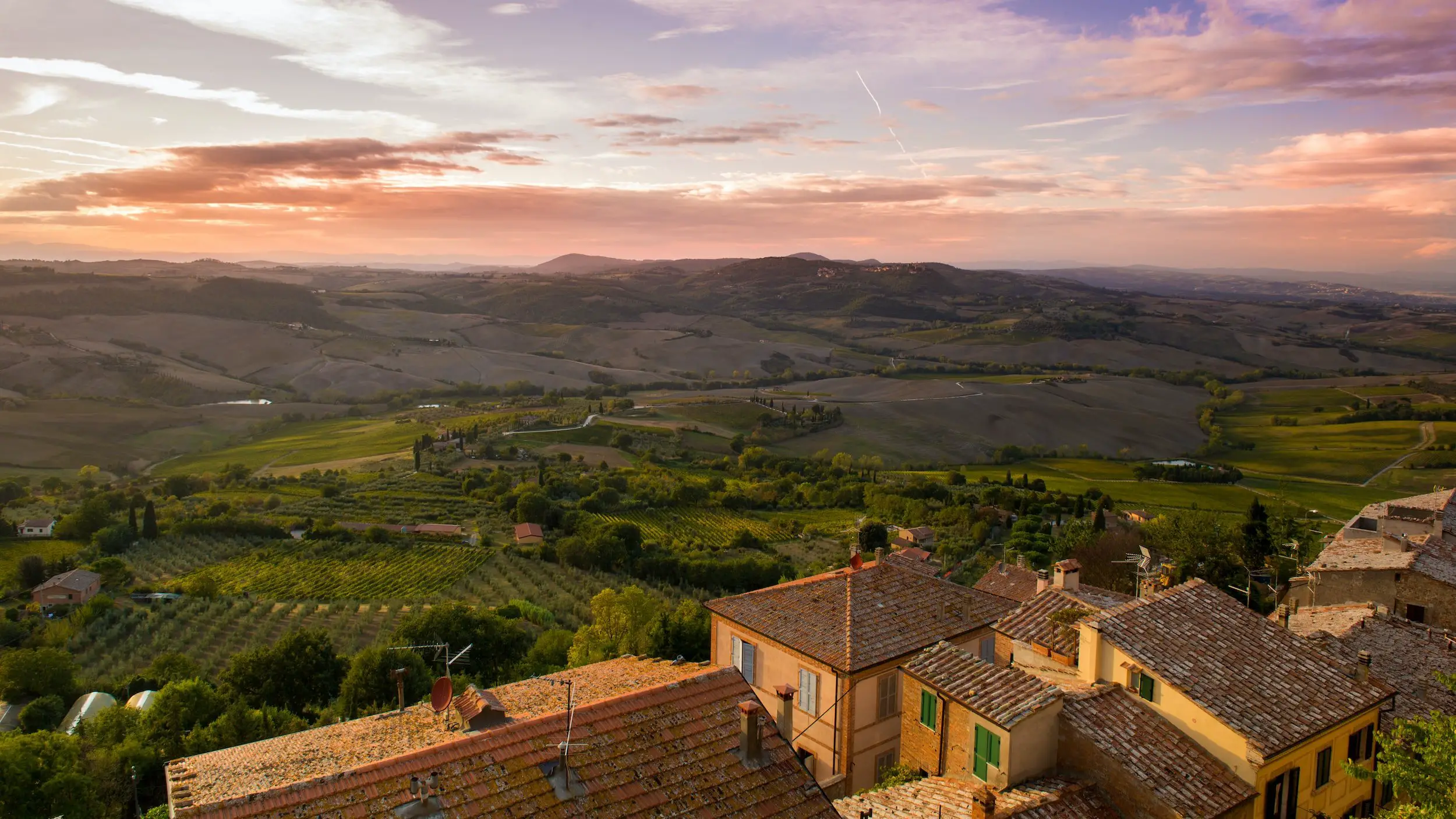
You will drink bad wine. Not just “I don’t really like this wine,” but genuinely bad wine that has some kind of fault, like cork taint, or mousiness.
This is just a fact of life. You’ll also run into wine that just isn’t to your liking and personal preferences.
Keep an Open Mind
The wine-loving community begs you to keep an open mind when exploring a brand new region. One bottle does not represent every producer, every grape, and every vintage (year) from that region.
Go back and keep trying different wines from the region to see if you had a bad bottle, or if the wine really isn’t to your liking.
7. Binge Watch YouTube
YouTube channels came up many times as a way to learn about wine for free. You can binge-watch through the different channels and absorb the content through osmosis, while you’re sipping on wine and taking notes – if you feel so inclined.
Here are the four main YouTube channels that wine aficionados recommended for wine newbies:
Betterbooktv

Empire State South

Winelibrarytv (Gary Vaynerchuk Channel)

Konstantin Baum

Of all of these channels, Konstantin Baum is currently the only YouTuber actively creating new content. I love watching his channel and the way speaks clearly about wine to an everyday audience on a range of wine topics. #fangirl
8. Take a Formal Wine Course

Wine schools are a thing. Your local community college, culinary school, or adult school may offer a winetasting course. I recommend checking them out as a first place to start if you’re interested in a formal wine class because they can be very wallet-friendly.
If you’re not living in wine country, but are close to an urban center, it’s likely that there’s a wine school nearby that offers professional wine courses.
One of the most widely-recognized wine programs is offered through the Wine and Spirit Education Trust, based out of the UK, and taught through franchise schools around the world. They offer an introductory certification, called WSET Level 1.
When I enrolled in the WSET Level 1, it was for a one-day course at the Napa Valley Wine Academy. There was a range of students in the class that day, including a family that was doing it together as a holiday present for themselves.
There were also newlyweds who were taking the class as a couple’s activity, as well as two Chinese wine exporters who were planning on exporting Napa Cabernet to China.
The range of backgrounds among the students was impressive.
The r/wine experts explained that WSET Level 1 is good, but if you know the basic differences between Cabernet Sauvignon vs. Merlot, or Chardonnay vs. Sauvignon Blanc (just a couple of examples), then you’ll find the Level 1 quite basic and should skip to WSET Level 2.
Be mindful of the price. WSET courses can easily be a few hundred to several hundred dollars if it’s in person and or has samples.
Also, while a formal course is an investment, you’ll probably be able to pick up on all the Level 1 content from binge-watching YouTube for free.
Everyone starts somewhere and learns differently, so a formal course may be great for you.
If you ever wanted to get into wine professionally, then WSET level 2 would be an appropriate choice. WSET 2 is a more rigorous program, and also applicable for the enthusiastic hobbyist because, while it’s broad in scope, the program starts to get into the finer details of wine.
Other Expert Advice For Wine Beginners
Hang out with other wine lovers and find a non-drinking friend to be your designated driver.
And drink lots of wine.
There you have it: Everything you need to know to get started with wines from those who came before you.
Thirsty for More?
Here’s a helpful post on how to taste tannins in red wines – a sip-sized 30-second tasting tip.
Check out this list of major wine regions and their signature wine styles.
I put together this post on how to host your own blind tasting (which I think is the best way to learn about wine).


